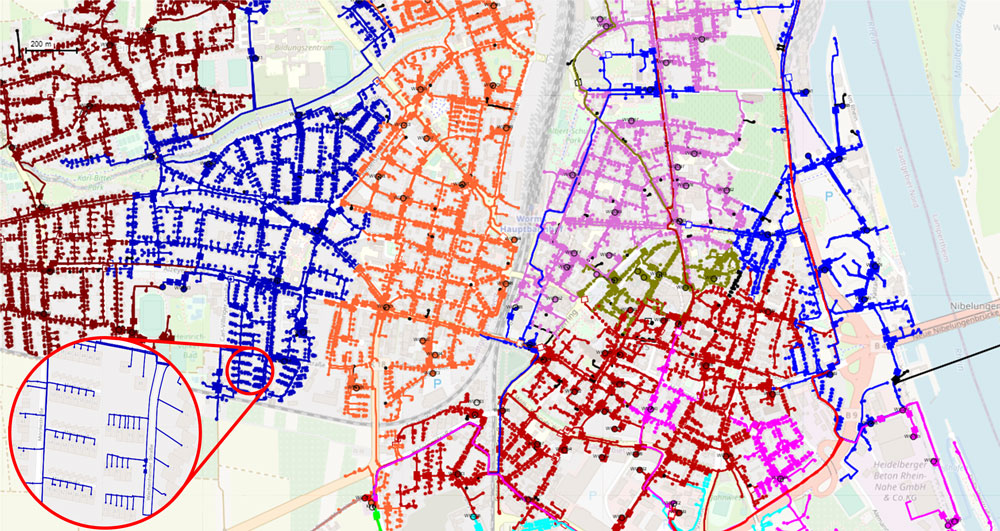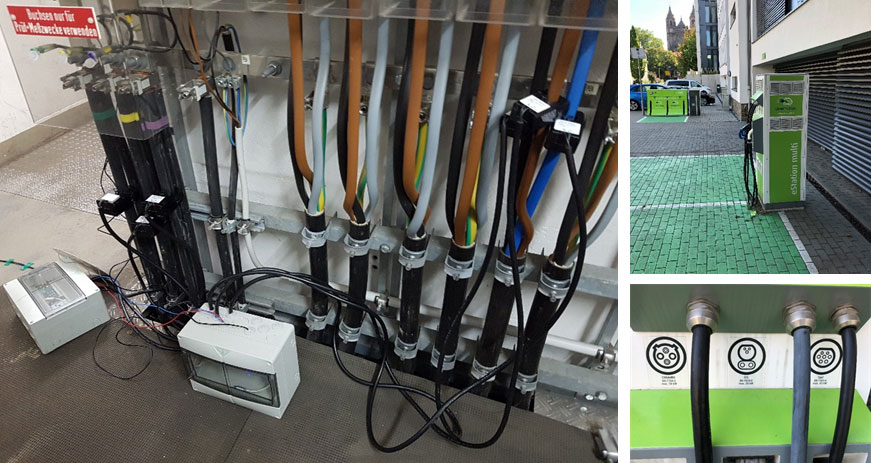Energynautics supports EWR on the Way to a Future-Proof Distribution Network
Successful Completion of the DESIGNETZ Project
In March this year, the DESIGNETZ project, one of five funded SINTEG showcase projects, was successfully completed. As part of the project, Energynautics conducted various analyses for the distribution grid operator EWR Netz GmbH with the aim of making the distribution grid fit for the future.
The addition of renewable energies as well as the expansion of electric mobility infrastructure and heat pumps played a special role. The following analyses were carried out in the course of the project:
- Assessment of solutions for future grid operation:
- Investigation of the targeted use of flexibility products using grid management systems in order to eliminate and avoid grid bottlenecks.
- Studies on the optimization of the current grid operation through
- innovative grid technologies (on-load tap changing transformers, linear voltage regulators, battery storage systems),
- optimized use of existing grid technologies (reactive power management, grid loss optimization), and
- increased visibility in distribution grids (sensor installation, smart secondary substations, monitoring of electric mobility, grid monitoring through smart meter data).
- Development of new solutions for network planning:
- Development of a converter for transforming GIS (geographic information system) data into a DIgSILENT PowerFactory model.
- Comprehensive network calculations of low-voltage networks for predictive distribution network planning and analyzing the impact of PV, electric mobility and heat pump on the grid.
Based on the analyses, Energynautics made recommendations for action to optimize network operation and prevent overload and voltage problems caused by renewables and new loads. Furthermore, solutions were developed to support EWR Netz GmbH in the future.

Simulation of detailed distribution networks, here on the example of the city of Worms, to determine the maximum hosting capacity with regard to PV, electromobility and heat pumps.

Left: Installation of two measuring devices in a secondary substation.
The measurements were used to automatically detect the charging of electric vehicles at the respective distribution feeders (see fast charging station on the right).
